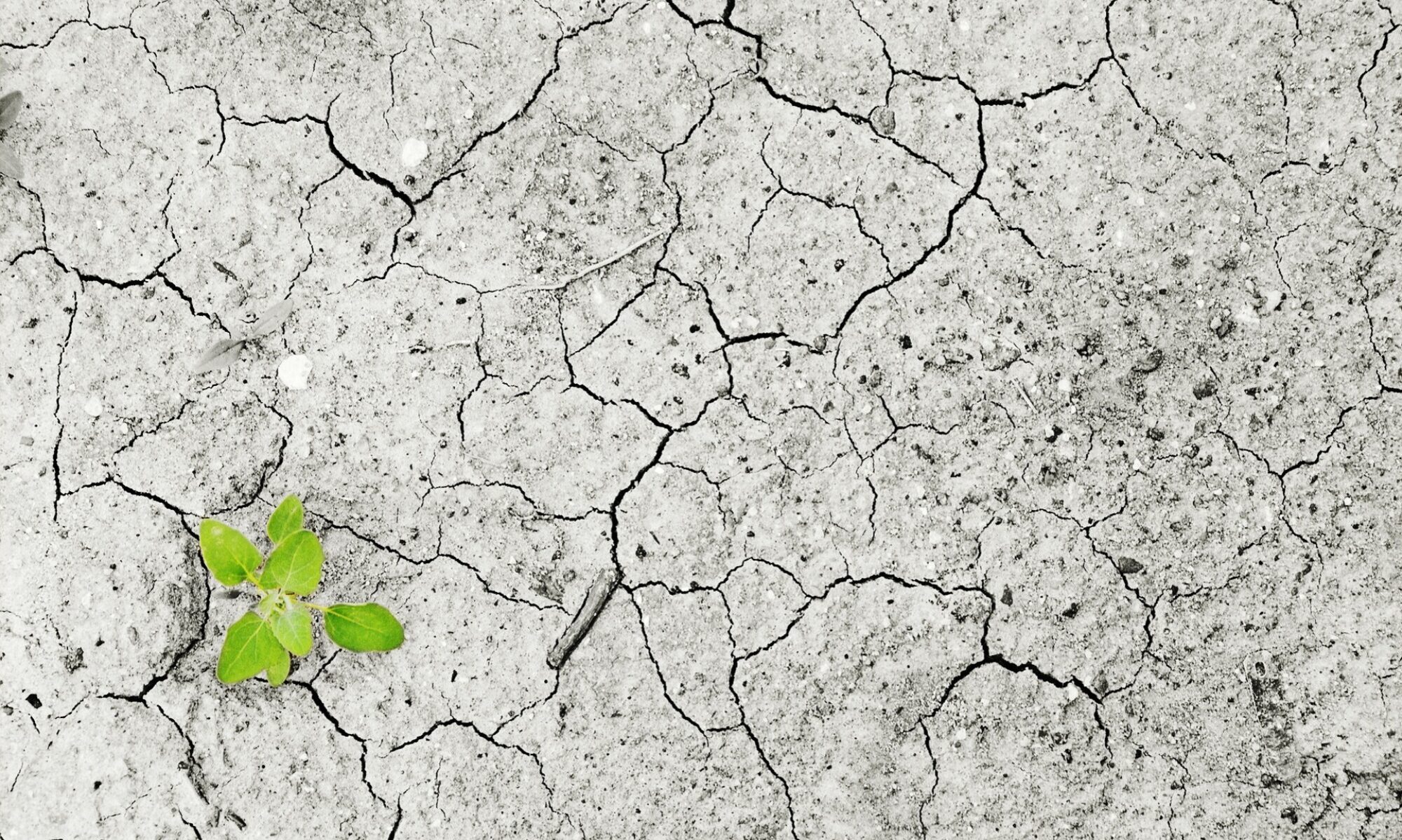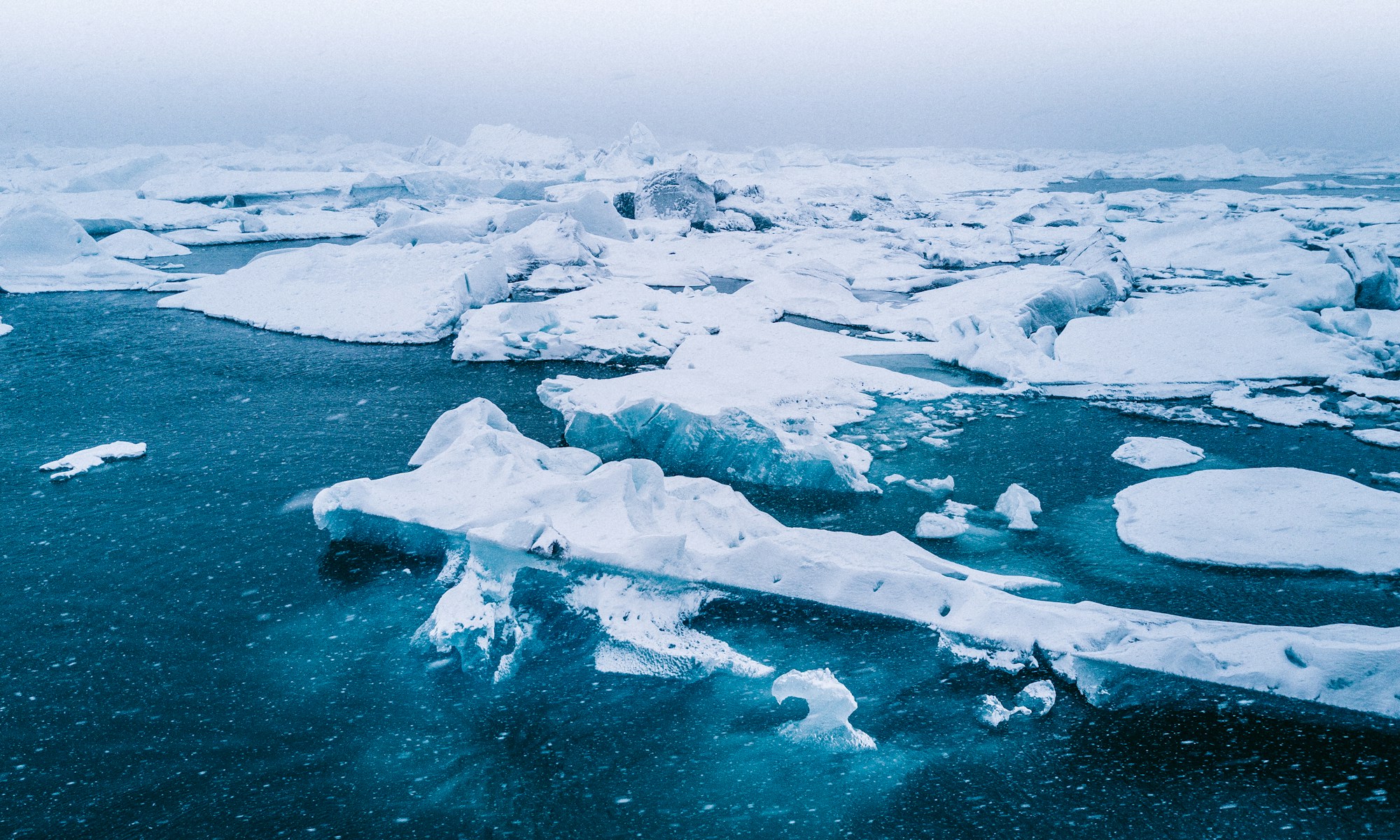14 October 2021 – by Crystal-Lee Harilall
“What is the use of a house if you haven’t got a tolerable planet to put it on?”
― Henry David Thoreau, Familiar Letters
The Intergovernmental Panel on Climate Change (“IPCC”) released its Sixth Assessment Report (“the Report”) in August 2021. The detailed assessment on the “physical science of climate change” sheds light on the severity of climate change and comprehensively speaks to the escalating effects of greenhouse gases on Earth that are so much worse than we previously believed. It is, at this juncture, undeniable that the determining factor accelerating climate change is humans. The impact of ‘human-driven’ climate change is patent in recent devastating climate-related disasters and weather extremes across the globe. The pertinent question remains as to whether nations can combat the outcomes of climate change on humanity, or whether such changes are irreversible. The Report is envisaged to carry extra weight in anticipation of the COP26 global climate summit to be held in Glasgow, UK, in November 2021.
Background
The Report is the culmination of several years of research, comments, and drafting by over 200 scientists that was approved by 195 states. It is the debut report of a forthcoming trilogy, with the objective of evaluating climate change, its effects, how it can be slowed down, and what can be done to tackle its deepening and rapid damage. The Report assesses our past, present, and future climate status, its impacts and future risks, the available options to mitigate the effects, as well as adaptation suggestions. It aims to enlighten policymakers as to the scientific findings of climate change and the Sustainable Development Goals and envisions a collective goal of implementing laws and statutes which take cognizance of these scientific findings.
The Paris Agreement, which was signed by several nations worldwide in 2015, was employed to ensure that global surface temperature remains far below 2°C and particularly maintained below 1.5°C. The Report specifies that, alarmingly, in each scenario assessed by scientists, the present century will see the failure of both thresholds if immediate action is not implemented to halt the outcome. Carbon dioxide emissions are to be significantly reduced across the globe for any hopeful change to materialise.
The Report’s findings may be condensed to a few main takeaways. Firstly, the Report confirms that drastic weather changes and events (especially as of late) are directly linked to human behaviour. Humans are altering the climate system. Secondly, the link between greenhouse gases and global temperature is further confirmed. Carbon dioxide emissions are recorded to be at their highest in the last two million years. Climate catastrophe is additionally driven by methane emissions from agriculture and livestock rearing, as well as the burning of fossil fuels. This may be avoided if there are “immediate, deep and sustained emissions reductions”. Thirdly, the Earth is heating up at a distressing rate. Global surface temperature is recorded to be at the greatest it has been in the last 125 000 years. It has been 1.09°C higher between the period 2011 – 2020 than it was in the period 1850 – 1900. The impact of the Earth’s warming is far-reaching, devastating, and infiltrates into all livelihoods, ecosystems, and species on the planet.
As indicated by the Report, “with every additional increment of global warming, changes in extremes continue to become larger”. This essentially denotes that even an increase in global surface temperature by 0.5°C perpetuates the frequency of wildfires, intense rainfalls, droughts, and heatwaves, to name a few. The changes in climate and extreme weather patterns are unparalleled and pose an immediate threat to communities and their social security and wellbeing around the globe. Finally, the Report signifies that sea level rise has tripled since the 1900s – 1970s, with human behaviour being the “very likely” determining factor in the melting of the glaciers and reduction in Arctic sea-ice since the 1900s. In fact, research shows that the Arctic “is heating up at a rate that is more than twice as fast as the global average”.
Human Handiwork = Code Red
The Report is unfaltering with respect to the impact that humans have had on the planet, and more specifically, on the dire state of the global surface temperature today. It states that “it is unequivocal that human influence has warmed the atmosphere, oceans, and land.” Fossil fuels are warming the Earth at an unprecedented pace. Climatologist Xuebin Zhang pointed out that “[t]he evidence is everywhere: if we don’t act, the situation is going to get really bad.” In 2019, carbon dioxide emissions were the highest they have been in the last 2 million years, while methane and nitrous oxide emissions – the other two major gas emissions – were recorded to be their highest in the last 800 000 years.
UN Secretary-General António Guterres stated that it is “a code red for humanity. The alarm bells are deafening, and the evidence is irrefutable.” He further noted that the global surface temperature threshold of 1.5 °C, as internationally agreed upon, was “perilously close. We are at imminent risk of hitting 1.5 °C in the near term. The only way to prevent exceeding this threshold is by urgently stepping up our efforts and pursuing the most ambitious path. We must act decisively now, to keep 1.5 alive.” The Report warns that unless immediate action is taken communally across the globe, the climate shifts will be irreversible. Global surface temperature is expected to crossover the 1.5°C threshold within the next 20 years.
What’s To Come
Man’s hand, as observed by scientists, in extreme changes in the atmosphere, land, the ocean, and the glaciers is striking. Should any meaningful and alleviating steps not be taken, five future impacts may be noted based on predictions made by scientists after assessment of all possible scenarios. Firstly, the Arctic will essentially be without ice at least once in the month of September before the year 2050. Secondly, even at 1.5°C, extreme weather patterns and natural disasters will become even more frequent and widespread, which will be “unprecedented in the historical record”. Thirdly, sea level events are projected to occur at least annually at more than half of tidal gauge locations by 2100, whereas in the past, extreme sea level events only occurred once in a century. Due to unremitting ocean heating and the ice melting, sea levels are “committed to rise for centuries to millennia”. Sea levels “will remain elevated for thousands of years”. Fourthly, the global surface temperature will exceed the 1.5°C threshold by the year 2040. Finally, wildfires will become more frequent in many regions around the world.
What Can Be Done
By 2050, global emissions ought to reach net zero, if we are to honour the commitment made in the 2015 Paris Agreement and maintain the global surface temperature to 1.5 °C above pre-industrial levels. According to Valérie Masson-Delmotte, climatologist and one of the scientists who worked on the Report, “the climate we experience in the future depends on our decisions now.”
The quality of our atmosphere must change drastically. Carbon dioxide emissions and other greenhouse gases are to decrease substantially worldwide for the global surface temperature to stabilize over the next 20 to 30 years. According to the UN chief, “inclusive and green economies, prosperity, cleaner air and better health are possible for all, if we respond to this crisis with solidarity and courage.” A daunting thought, however, is that despite mitigating steps being available to avoid a complete climate catastrophe, the benefits of these steps will only be realised in decades to come. While some impacts may fortunately be limited in the grand scheme of climate change, many other devastating outcomes will remain an immediate threat to communities and will escalate over the forthcoming years.
The Report is an essential component in sparking international negotiations and informing states on the status and actions that they are required to execute. The Report is especially relevant in light of the upcoming COP26 climate conference to be held in November 2021. All nations should collectively aim to reach net-zero greenhouse emissions and commit to the decreasing of global heating “with credible, concrete, and enhanced Nationally Determined Contributions (NDCs)” stipulating detailed steps to be taken. The situation is critical. It is imminent. We have been warned by preceding generations, and this may be our final warning as the future of life on Earth rests on what we elect to do with the scientific findings embedded in the Report. The bloody snare of climate change will entrap both present and future generations – it is up to us as to how to mitigate the effects.

Crystal-Lee Harilall is an admitted attorney of the High Court of South Africa and LLM candidate in Human Rights Law. She is passionate about using Law to explore social justice, sustainability, and the distressing effect humans have had on the planet.


